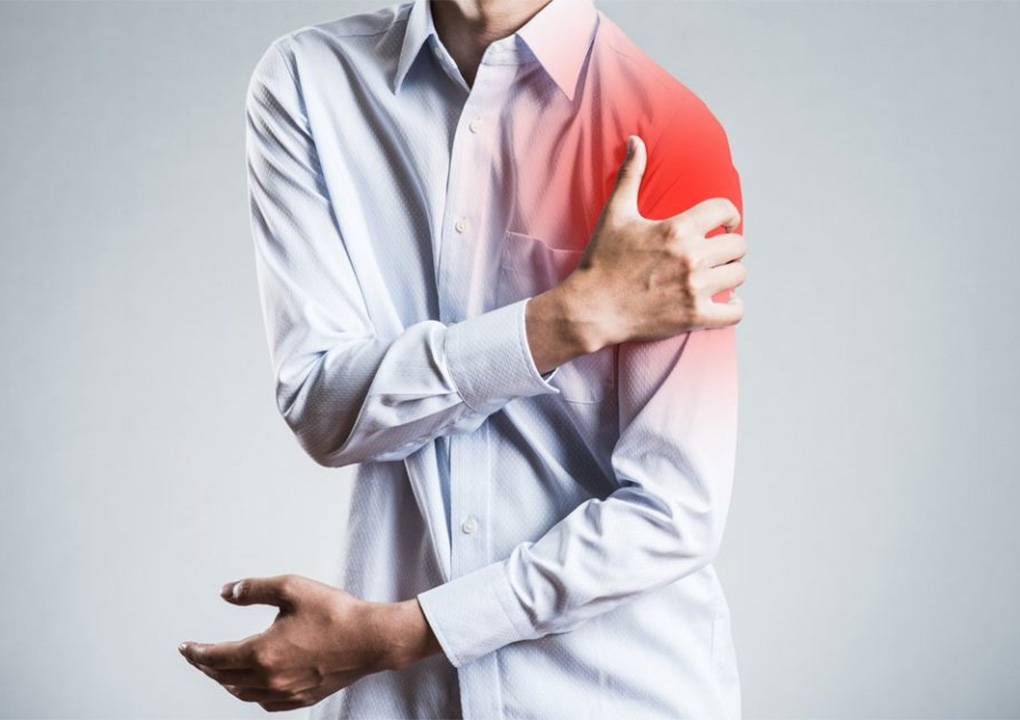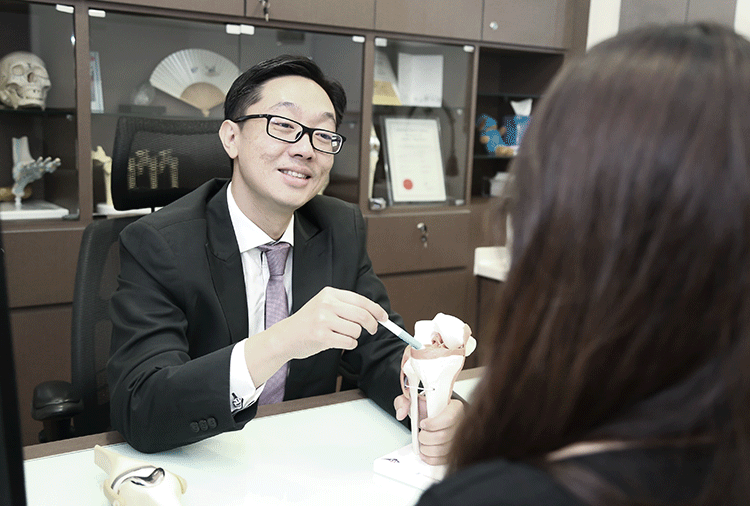What Is Shoulder Dislocation, and Why Is Treatment Important?
What Are the Causes and Risk Factors of Shoulder Dislocation?
Several factors can contribute to shoulder dislocation, including:
Trauma or Injury – Direct impact or force applied to the shoulder joint, such as a fall onto an outstretched arm, sports-related collision, or motor vehicle accident, can cause the humerus to dislocate from the glenoid socket.
Joint Hypermobility – Individuals with hypermobile joints or lax ligaments may be more prone to shoulder dislocations due to increased joint laxity and instability.
Previous Dislocations – A history of previous shoulder dislocations increases the risk of recurrent dislocations, as the structures supporting the shoulder joint may become weakened or damaged over time.
Muscle Weakness or Imbalance – Weakness or imbalance in the muscles surrounding the shoulder joint, particularly the rotator cuff muscles, can contribute to instability and increase the risk of dislocation.
Genetics – Certain genetic factors or inherited conditions may predispose individuals to shoulder instability or recurrent dislocations.
What Are the Common Symptoms of Shoulder Dislocation?
The symptoms of shoulder dislocation may include:
Severe Pain – Sudden and intense pain in the shoulder joint, especially with movement or attempts to use the arm.
Swelling – Swelling and inflammation around the shoulder joint, indicating soft tissue damage or inflammation.
Deformity – Visible deformity or bulging of the shoulder, with the head of the humerus displaced from the glenoid socket.
Limited Range of Motion – Restricted movement or inability to move the arm, particularly in certain directions or positions.
Instability – Feeling of shoulder instability or looseness, with a sensation that the shoulder may pop out of place again.
Numbness or Tingling – Numbness or tingling in the arm or hand, indicating potential nerve involvement or compression.
How Is Shoulder Dislocation Diagnosed?
Shoulder dislocation is typically diagnosed through a combination of medical history, physical examination, and imaging tests. Here’s how it’s usually diagnosed:
Medical History – Your doctor will ask about your symptoms and any history of shoulder injuries or trauma. They may inquire about the circumstances surrounding the onset of your symptoms, such as a fall, sports injury, or sudden impact.
Physical Examination – During the physical examination, your doctor will:
- Assess the range of motion of your shoulder joint and any associated pain or limitations in movement.
- Palpate the shoulder area to check for tenderness, swelling, or deformity.
- Perform specific maneuvers to reproduce symptoms, such as the apprehension test or relocation test, which can help confirm the diagnosis of a shoulder dislocation.
- Evaluate the stability of the shoulder joint and any signs of instability or laxity.
Imaging Tests – X-rays and MRI (Magnetic Resonance Imaging)
What Are The Shoulder Dislocation Treatment Options?
Manipulative Reduction
Sling or Shoulder Immobilizer
Physical Therapy
Surgical Intervention
Arthroscopic Surgery – In some cases, surgical intervention may be necessary to stabilise the shoulder joint and prevent future dislocations, particularly for recurrent or complex shoulder dislocations. Arthroscopic surgery is a minimally invasive procedure performed using small incisions and specialised instruments. Surgical techniques may include:
Bankart Repair – Repair the torn labrum (a cartilage ring around the shoulder joint socket) to restore stability.
Capsular Shift – Tightening the stretched or lax joint capsule to improve stability.
Latarjet Procedure – Transfer of a piece of bone from the shoulder blade to the front of the socket to provide additional support and prevent dislocation.
Bankart Repair – To restore stability, Repair the torn labrum (a cartilage ring around the shoulder joint socket).
Capsular Shift – Tightening of the stretched or lax joint capsule to improve stability.
Latarjet Procedure – Transfer of a piece of bone from the shoulder blade to the front of the socket to provide additional support and prevent dislocation.
Activity Modification
Recovery And Prevention Strategies For Shoulder Dislocation
For Recovery:
- After a shoulder dislocation, the arm may be immobilised in a sling to allow the shoulder to rest and heal. Immobilisation helps reduce pain and prevents further displacement of the joint.
- Rest the shoulder and apply ice packs to reduce pain and inflammation. During the initial stages of recovery, ice can be applied for 15-20 minutes every few hours.
- A physical therapist can design a rehabilitation program to strengthen the muscles surrounding the shoulder joint, improve stability, and restore range of motion. Exercises may include gentle stretching, strengthening exercises, and proprioceptive training.
- Once the shoulder has healed sufficiently, gradually reintroduce activities and sports, starting with low-impact exercises and increasing intensity and duration as tolerated. Avoid activities that involve repetitive overhead movements or contact sports until cleared by a healthcare professional.
- In some cases, particularly if the dislocation is severe or recurrent, surgery may be necessary to repair damaged ligaments or tendons and stabilise the shoulder joint.
- Improving posture can help reduce stress on the shoulder joint and prevent future dislocations. Focus on maintaining proper alignment of the shoulders and spine during daily activities and exercises.
For Prevention:
- Incorporate exercises to strengthen the muscles surrounding the shoulder joint, including the rotator cuff muscles, deltoids, and scapular stabilisers. This helps improve shoulder stability and reduce the risk of dislocation.
- Perform regular stretching and mobility exercises to maintain flexibility in the shoulder joint and surrounding muscles. This can help prevent stiffness and improve joint function.
- Learn and practice proper techniques for sports and activities involving the shoulder, particularly those with repetitive overhead movements.
- Avoid excessive force or strain on the shoulder joint.
- Incorporate various activities into your fitness routine to avoid overuse injuries and promote balanced muscle development. Cross-training can help strengthen different muscle groups and reduce the risk of shoulder instability.
- Always warm up before engaging in physical activity to prepare the muscles and joints for movement. Likewise, cool down and stretch after exercise to prevent stiffness and aid in recovery.
- Wear appropriate protective gear, such as shoulder pads or braces, during sports or activities where shoulder injuries are common. This can help reduce the impact of collisions or falls and protect the shoulder joint from injury.
- Pay attention to any signs of shoulder pain or discomfort and avoid pushing through pain. If you experience shoulder instability or recurrent dislocations, seek medical evaluation and consider modifying your activities to prevent further injury.






